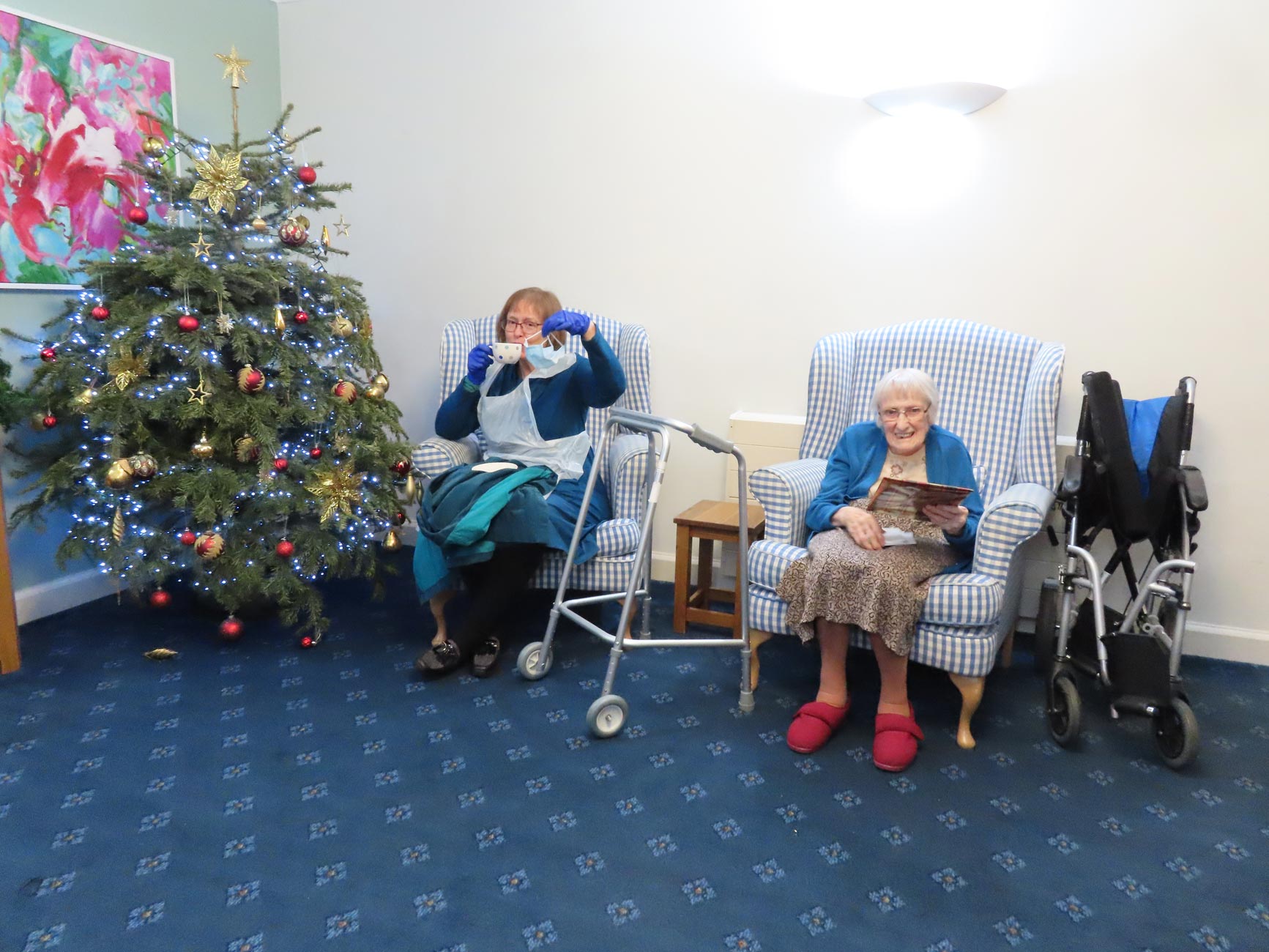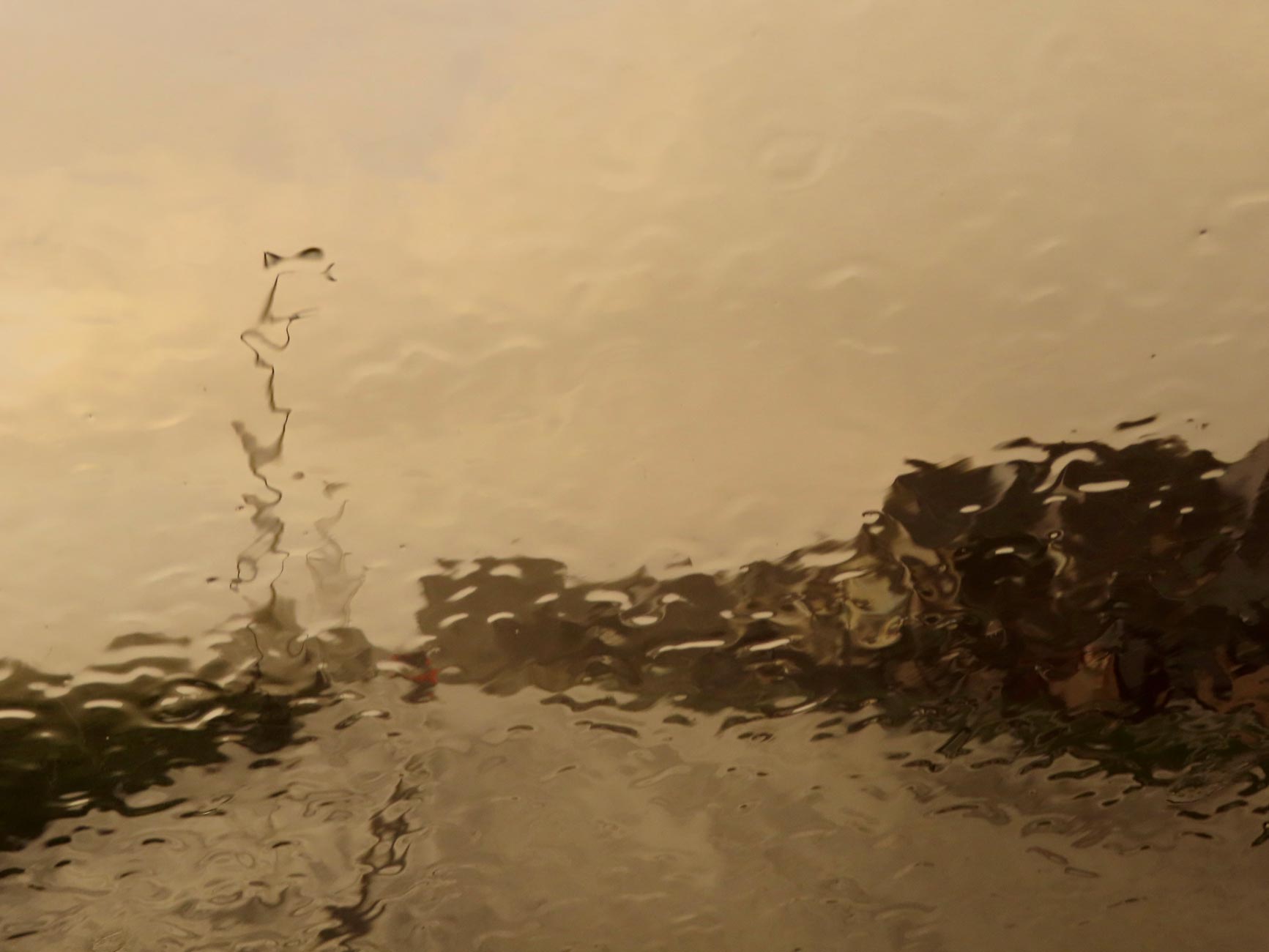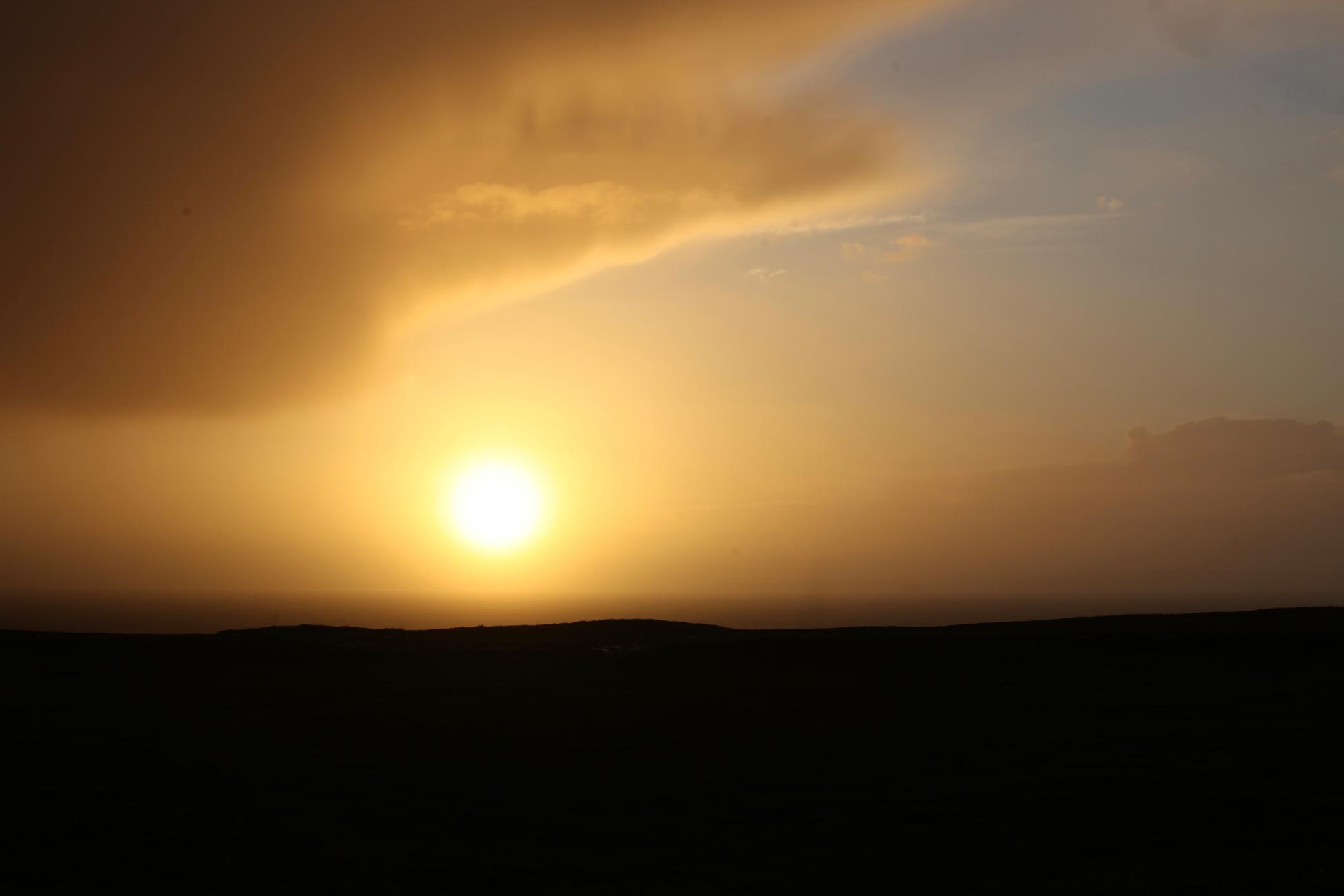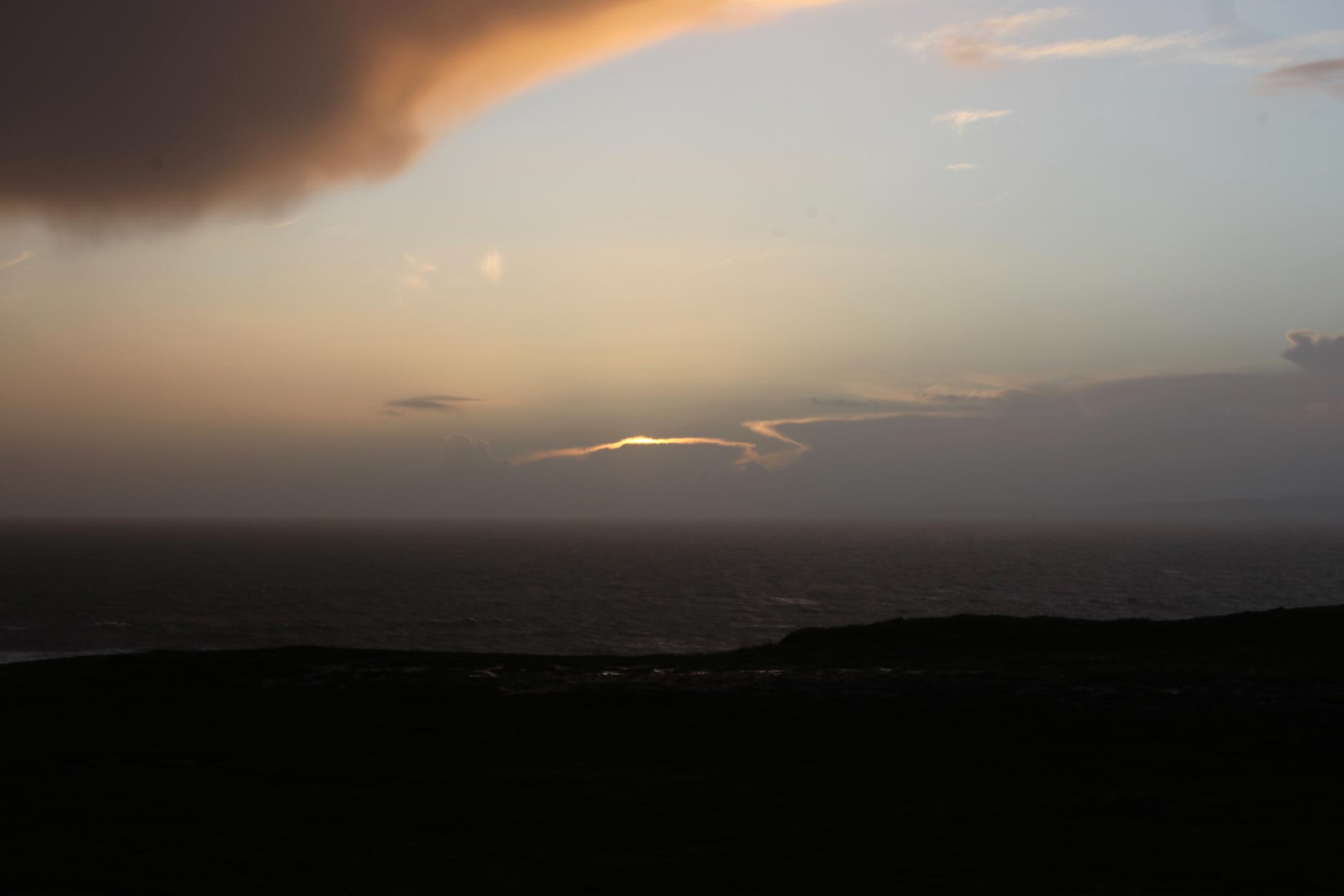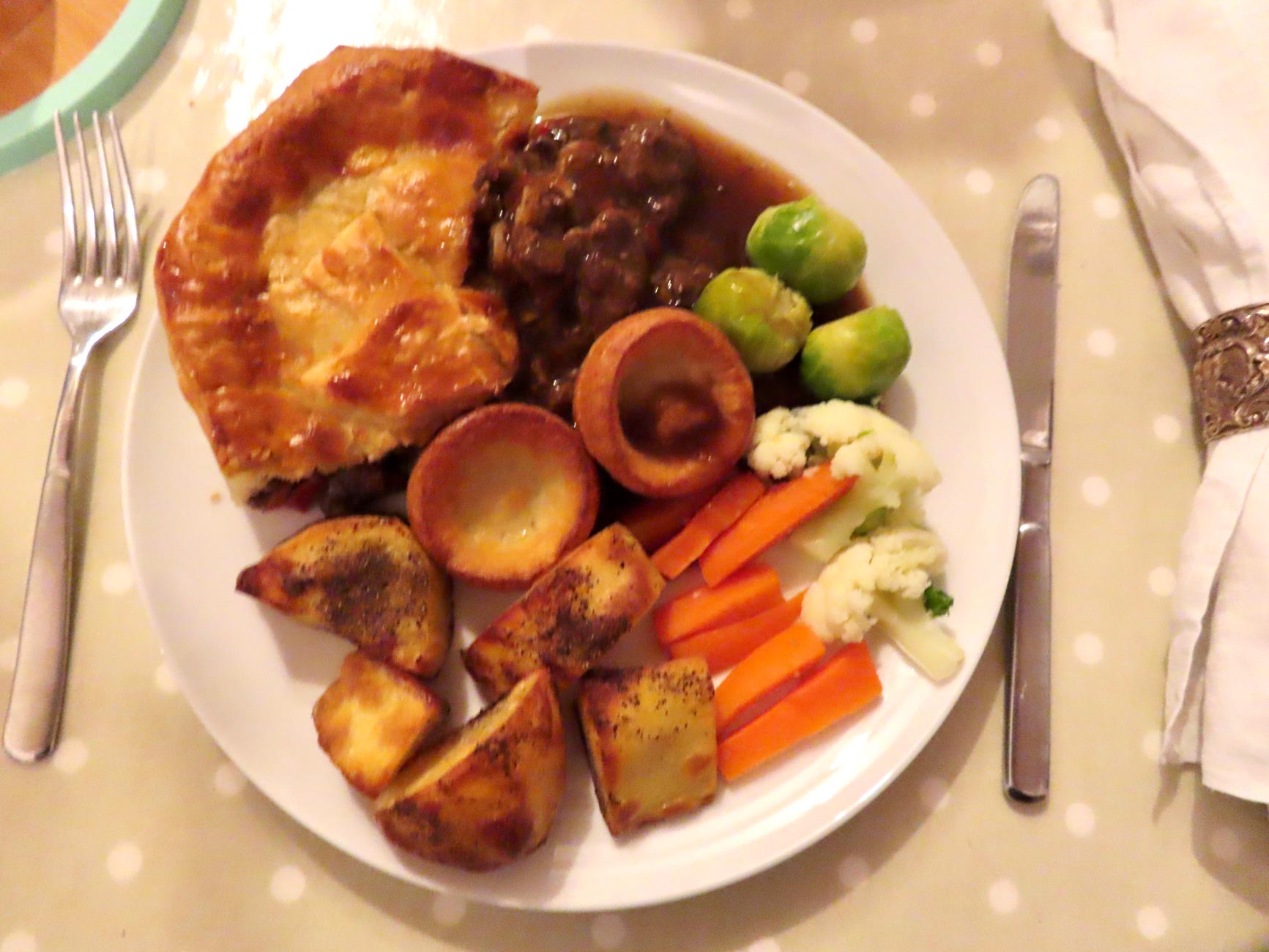CLICK ON IMAGES TO ENLARGE. REPEAT IF REQUIRED
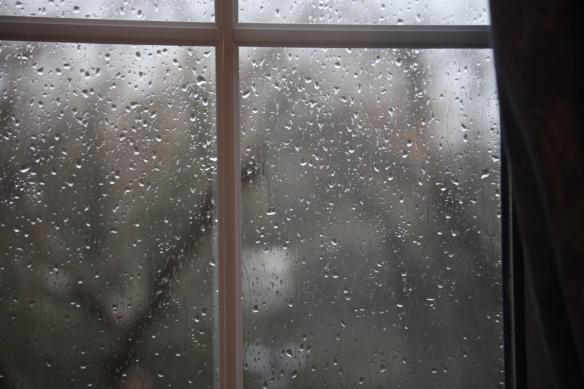
Today began with leaden skies and raindrops on windows.
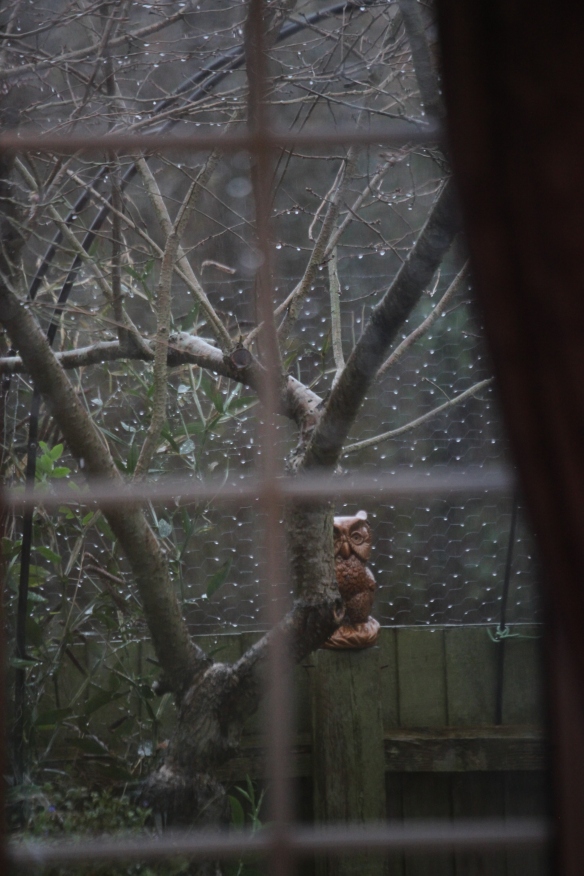
Even owls, dripped on from branches above, peered enviously inside.
Late this afternoon, when the rain had desisted somewhat, we took a car load of rubbish, that we had ourselves recycled once or twice already, to Efford Recycling Centre; and returned with two mirrors for the garden, a bar stool, and a Chinese rug.
Back in the early 1970s, I discovered the English book illustrator Frank C. Papé, and, through him, the American writer, James Branch Cabell, in the illustrated editions produced by The Bodley Head in the early 20th century. I have already featured ‘The Cream of the Jest’, and today, as I finished reading ‘Domnei: a Comedy of Woman-Worship’, offer more information on the collaborators.
On the author, Wikipedia tells us:
‘James Branch Cabell (; April 14, 1879 – May 5, 1958) was an American author of fantasy fiction and belles lettres. Cabell was well regarded by his contemporaries, including H. L. Mencken, Edmund Wilson, and Sinclair Lewis. His works were considered escapist and fit well in the culture of the 1920s, when they were most popular. For Cabell, veracity was “the one unpardonable sin, not merely against art, but against human welfare.”[1][2]
Although escapist, Cabell’s works are ironic and satirical. H. L. Mencken disputed Cabell’s claim to romanticism and characterized him as “really the most acidulous of all the anti-romantics. His gaudy heroes … chase dragons precisely as stockbrockers play golf.” Cabell saw art as an escape from life, but once the artist creates his ideal world, he finds that it is made up of the same elements that make the real one.’
There is much more information on his life and works on this link [1]’
Maybe I’m too gullible, but I found this work an enthralling fantasy of an imagined love story from the age of chivalry. There are a number of cynical characters, and we are invited to believe it is based on fragments of a Medieval manuscript. Obviously the source is spurious, and it is perhaps significant that the only uncut pages are the last two of the alleged bibliography. Nevertheless the romantic in me was enjoyably engaged with this readable story, details of which I will not reveal. The language is of the writer’s time, yet following the form of a 14th century geste. The descriptions of the natural world are beautifully done.
The artist is perfectly in tune with the writer, Clicking on the numbered highlight in the following paragraph will take you to the fuller Wikipedia page about him.
‘Frank Cheyne Papé, who generally signed himself Frank C. Papé (b. Camberwell, July 4, 1878 – d. Bedford, May 5, 1972) was an English artist and book illustrator. He studied at The Slade School of Fine Art, completing his studies circa 1902-04.[1] Papé was married to a fellow Slade student, illustrator Alice Stringer.’
Papé’s distinctive style ensured his popularity in the golden age of book illustration. He has a mastery of line and form.
Domnei, first published in 1913, underwent several revisions before the first illustrated edition of 1930, of which my copy is one.
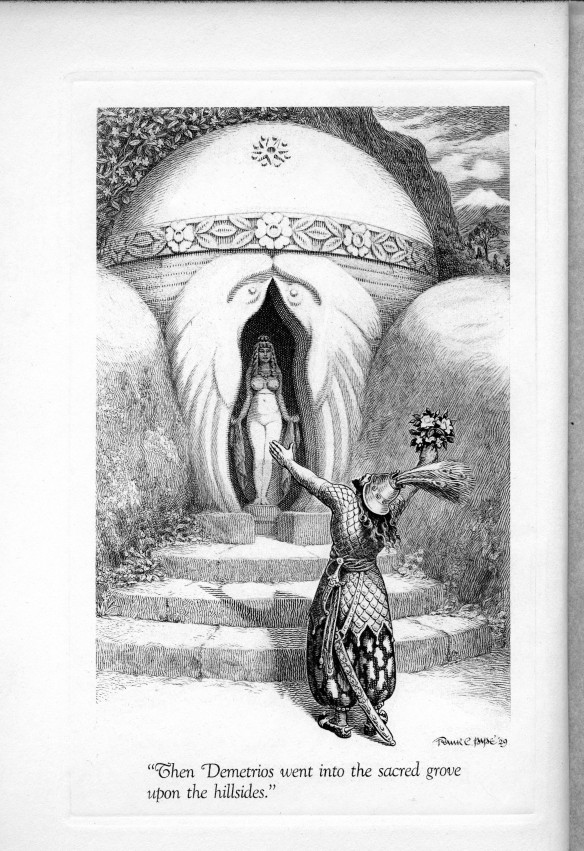
Of the ten plates protected by tissue sheets, we begin with the frontispiece;
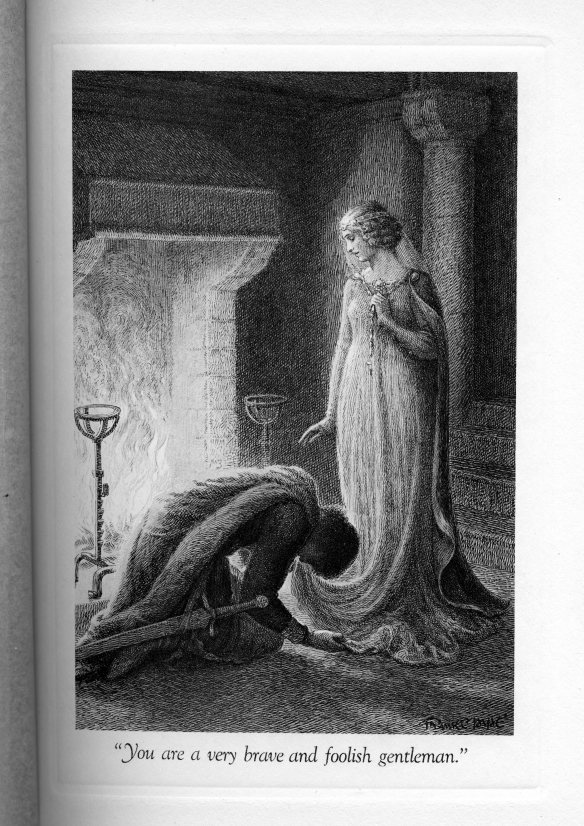
thereafter I have chosen samples of chiaroscuro elegance;
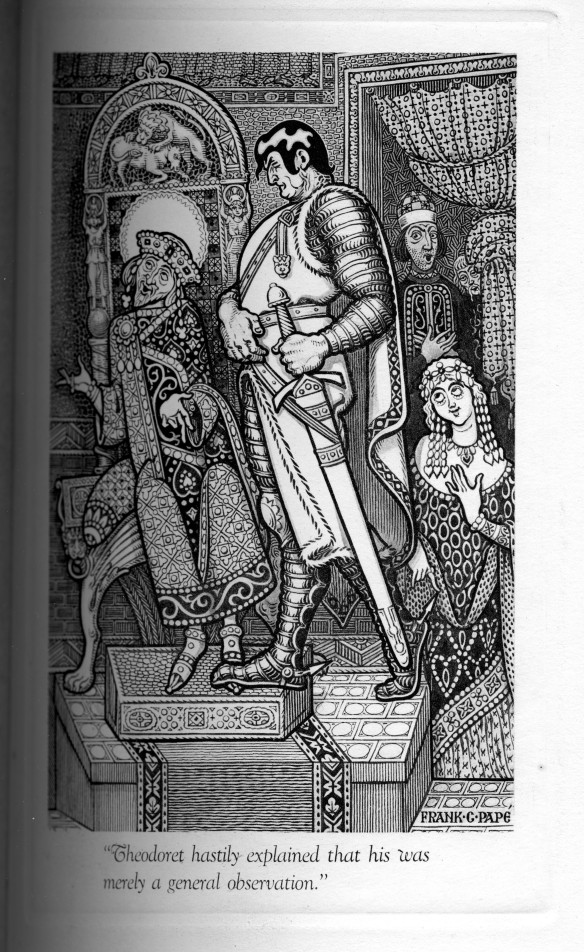
of drollery;

and of excellent composition, with an ability to indicate the effect of passing time on a still beautiful woman. We can well believe this is the lady in the second picture above.
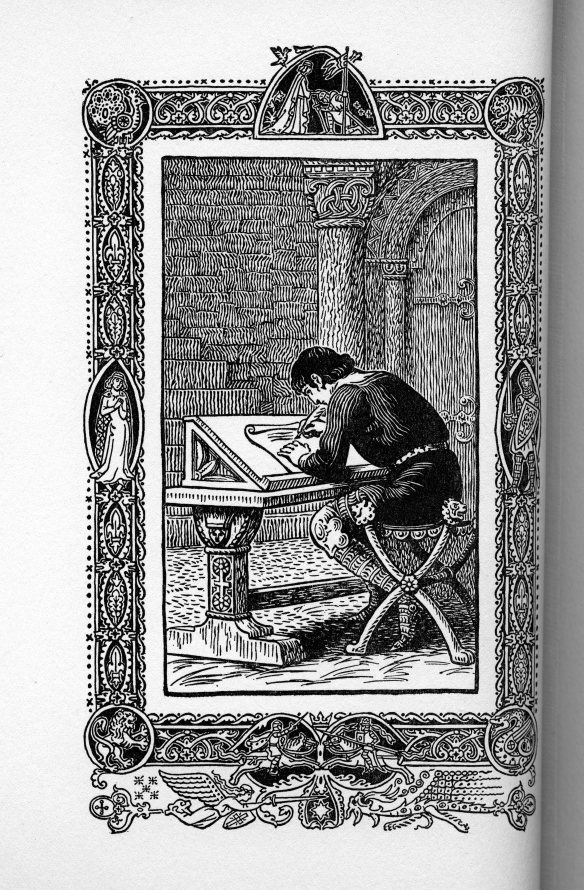
Each of the thirty short chapters is introduced

by a framed picture illustrating its first page.

These are minutely faithful to the text.
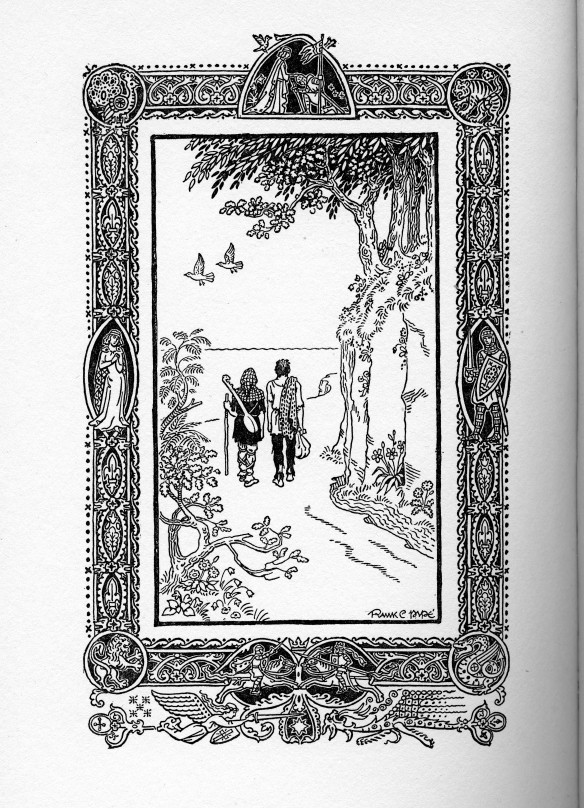
I cannot elaborate on this without giving too much away.
This evening we dined on Jackie’s supreme lamb jalfrezi, savoury rice, and vegetable samosas. I finished the malbec.























